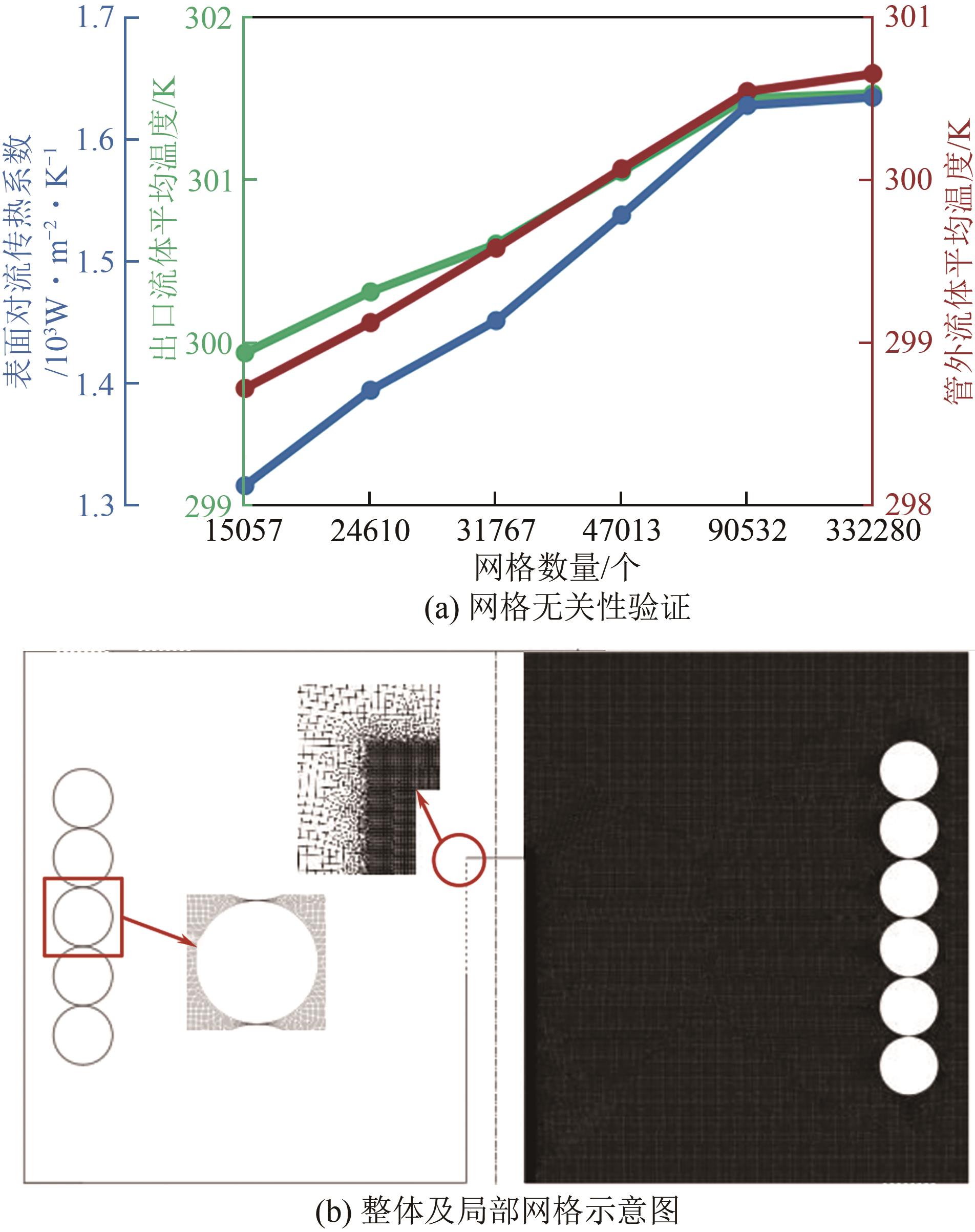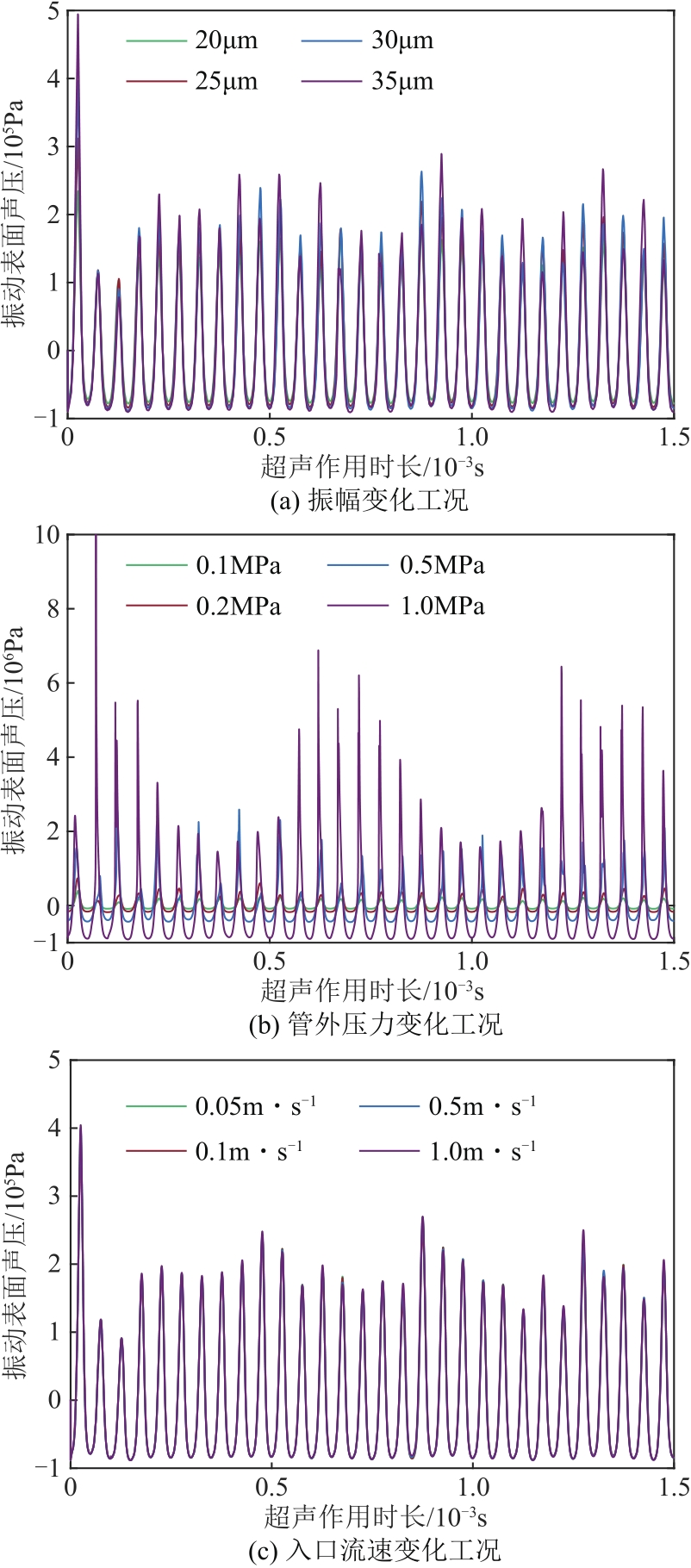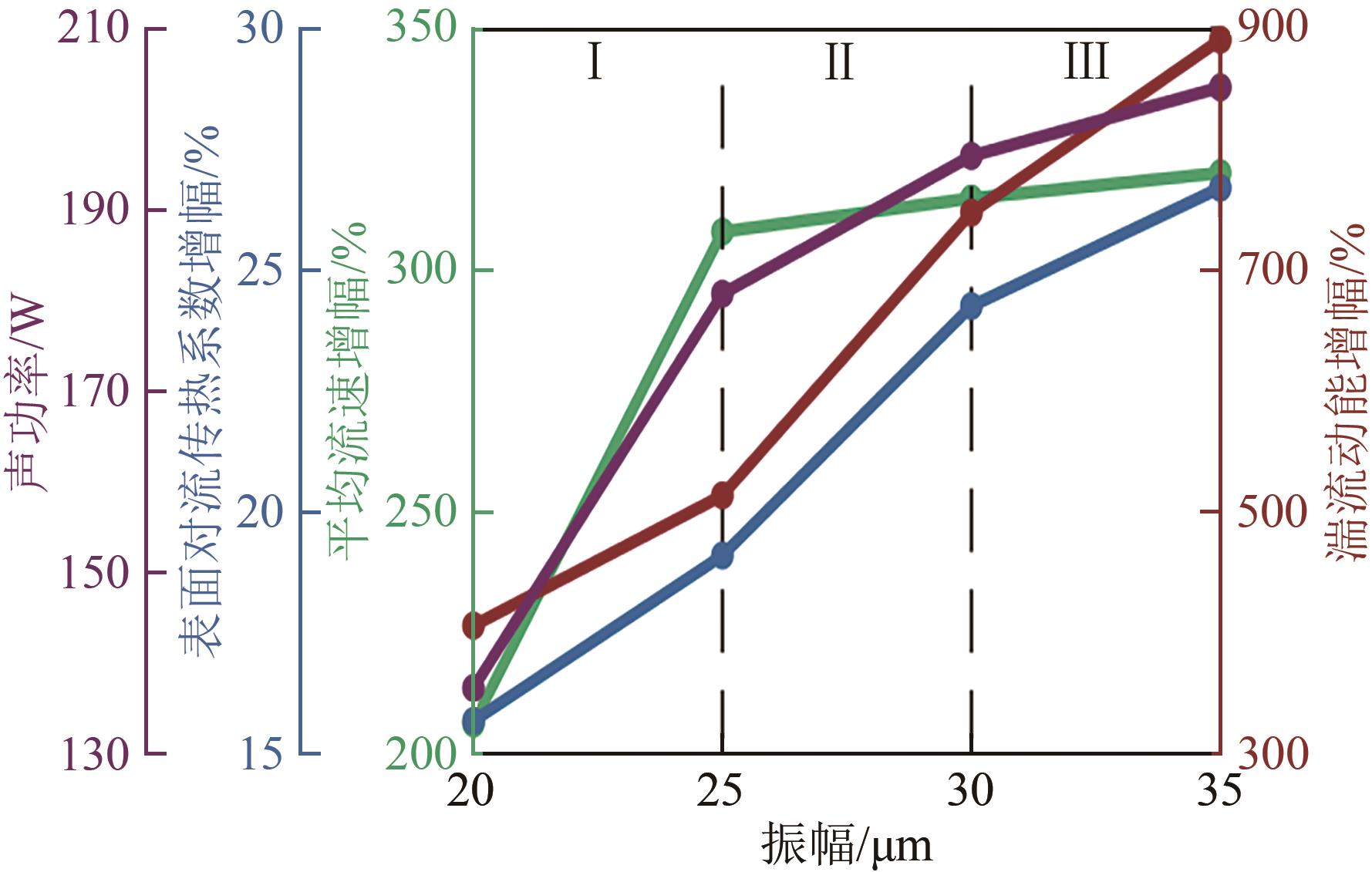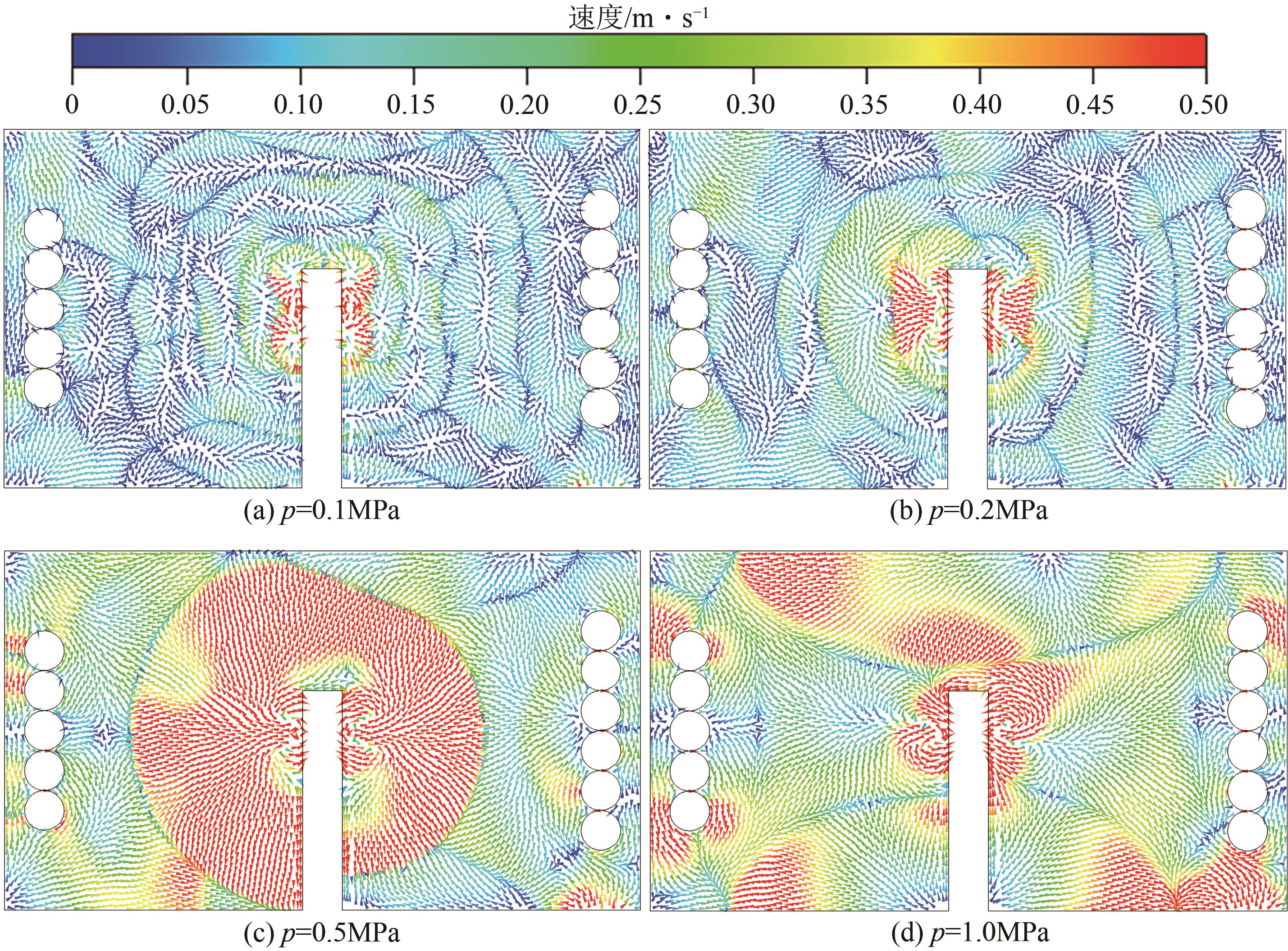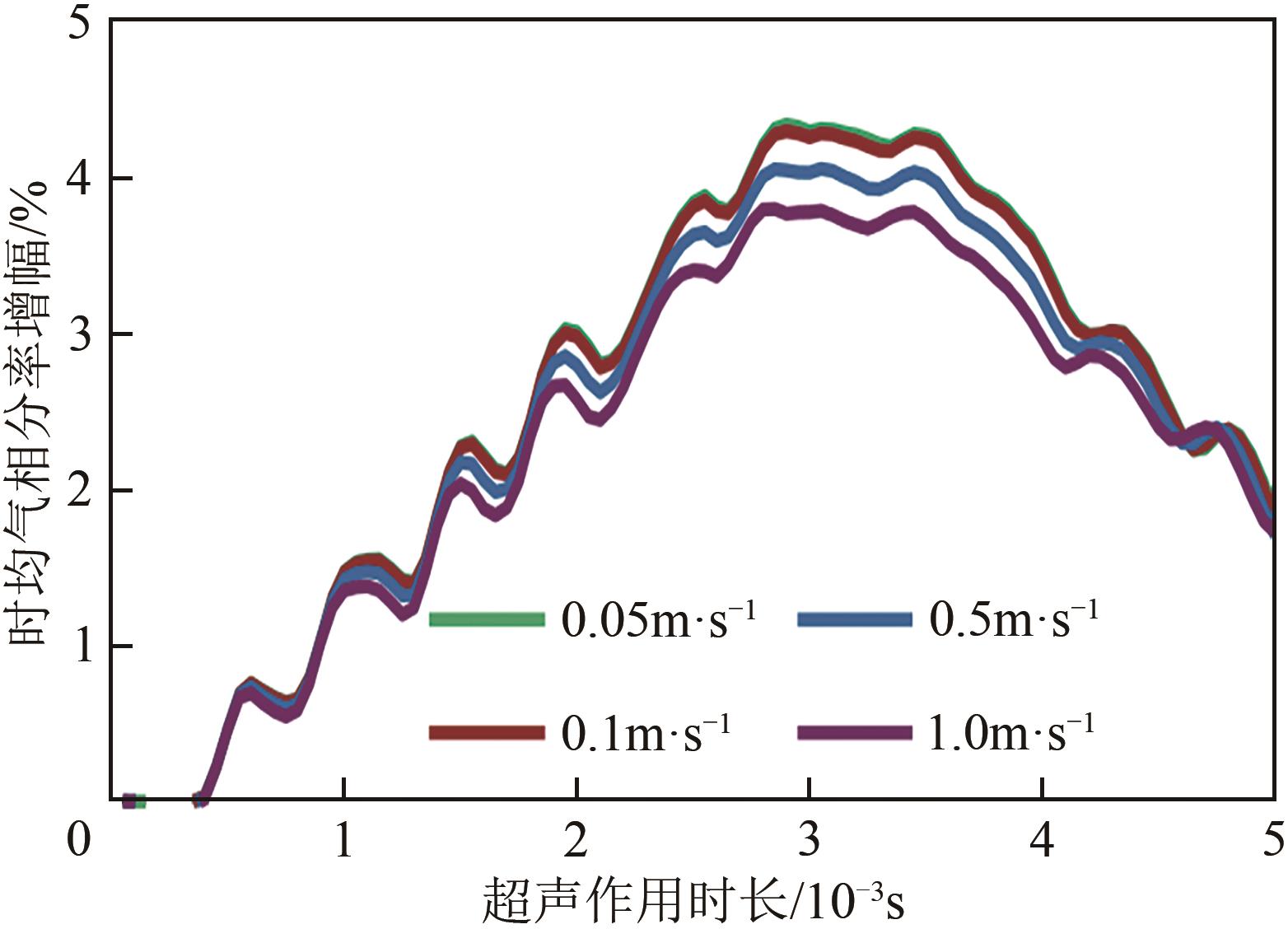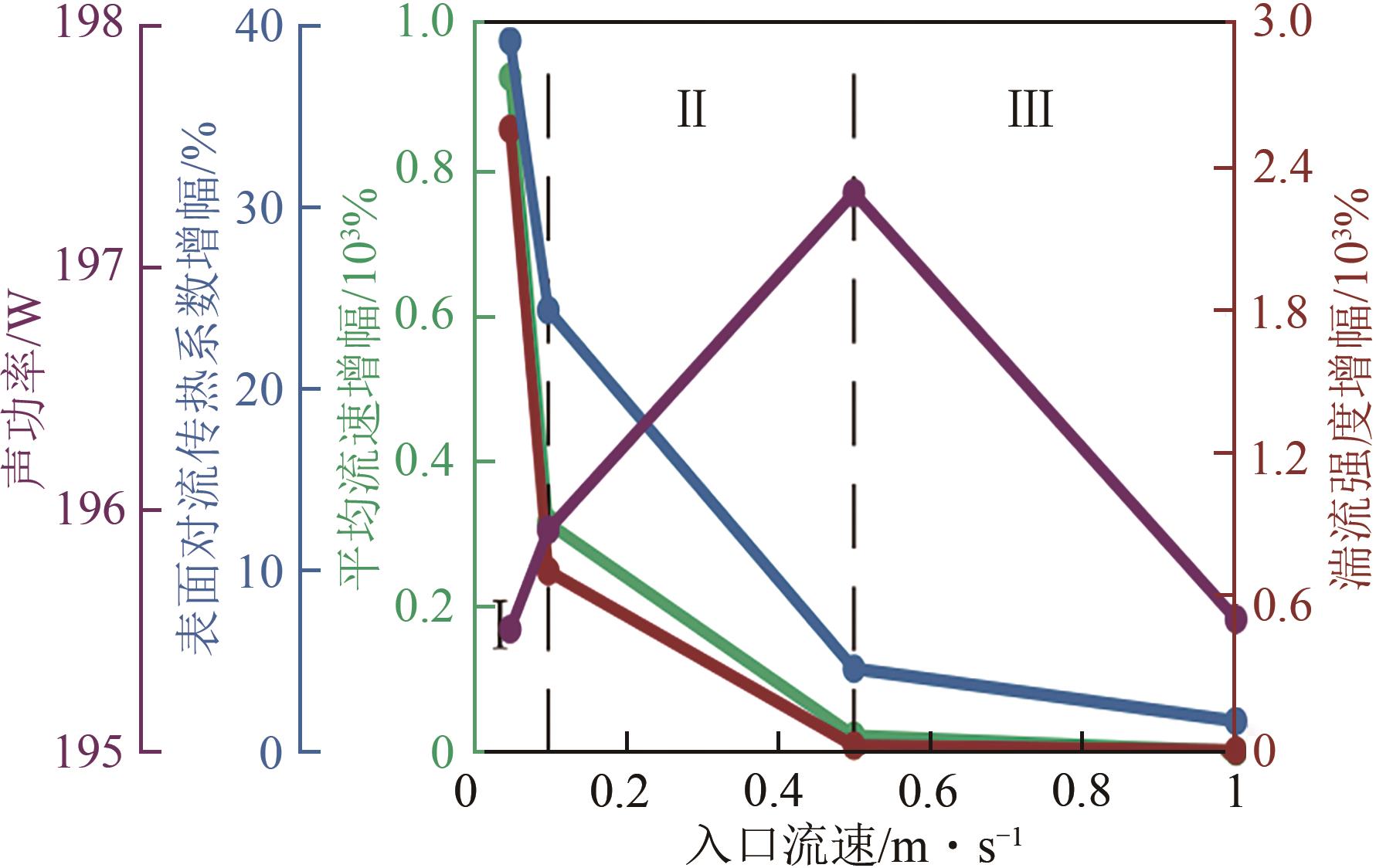| 1 |
CAI J, HUAI X L, YAN R S, et al. Numerical simulation on enhancement of natural convection heat transfer by acoustic cavitation in a square enclosure[J]. Applied Thermal Engineering, 2009, 29(10): 1973-1982.
|
| 2 |
丛健, 高蓬辉, 张东海, 等. 超声波对液滴冻结状态及传热的影响[J]. 化工学报, 2020, 71(11): 5117-5128.
|
|
CONG J, GAO P H, ZHANG D H, et al. Effect of ultrasonic on freezing state and heat transfer of droplet[J]. CIESC Journal, 2020, 71(11): 5117-5128.
|
| 3 |
CAKO E, GUNASEKARAN K D, SOLTANI R D C, et al. Ultrafast degradation of brilliant cresyl blue under hydrodynamic cavitation based advanced oxidation processes (AOPs)[J]. Water Resources and Industry, 2020, 24: 100134.
|
| 4 |
RAZAVIFAR M, QAJAR J. Experimental investigation of the ultrasonic wave effects on the viscosity and thermal behaviour of an asphaltenic crude oil[J]. Chemical Engineering and Processing, 2020, 153: 107964.
|
| 5 |
PATIDAR R, SRIVASTAVA V C. Understanding of ultrasound enhanced electrochemical oxidation of persistent organic pollutants[J]. Journal of Water Process Engineering, 2020, 37: 101378.
|
| 6 |
WU Pengfei, BAI Lixin, LIN Weijun, et al. Mechanism and dynamics of hydrodynamic-acoustic cavitation (HAC)[J]. Ultrasonics Sonochemistry, 2018, 49: 89-96.
|
| 7 |
陈伟中. 声空化物理[M]. 北京: 科学出版社, 2014.
|
|
CHEN Weizhong. Acoustic cavitation physics[M]. Beijing: Science Press, 2014.
|
| 8 |
YUKAWA H, SAITO H, HOSHINO T, et al. Effect of ultrasonic vibration on free convective heat transfer from inclined plate in water[J]. Kagaku Kogaku Ronbunshu, 1975, 1(3): 229-234.
|
| 9 |
TAJIK B, ABBASSI A, SAFFAR-AVVAL M, et al. Heat transfer enhancement by acoustic streaming in a closed cylindrical enclosure filled with water[J]. International Journal of Heat and Mass Transfer, 2013, 60(1): 230-235.
|
| 10 |
LEGAY M, PERSON S L, GONDREXON N, et al. Performances of two heat exchangers assisted by ultrasound[J]. Applied Thermal Engineering, 2012, 37: 60-66.
|
| 11 |
TINGAUD F, FERROUILLAT S, COLASSON S, et al. Improvement of two-phase flow distribution in compact heat exchangers by using ultrasound[J]. Applied Mechanics and Materials, 2013, 392: 521-525.
|
| 12 |
PONECT C, FERROUILLAT S, VIGNAL L, et al. Enhancement of heat transfer in forced convection by using dual low-high frequency ultrasound[J]. Ultrasonics Sonochemistry, 2020, 71: 105351.
|
| 13 |
LEIGHTON T G. The acoustic bubble [M]. New York: Academic Press, 1994.
|
| 14 |
SHINFUKU N, MASAFUMI N. Ultrasound enhancement of heat transfer on narrow surface[J]. Heat Transfer-Japanese Research, 1993, 22(6): 546-558.
|
| 15 |
AKTAS M K. Thermoacoustically induced and acoustically driven flows and heat transfer in enclosures[D]. Pennsylvana: Drexel University, 2004.
|
| 16 |
NOMURA S, NAKAGAWA M. Heat transfer enhancement by ultrasonic vibration[J]. Proceedings of the ASME-JSME Thermal Engineering Joint Conference, 1995, 4: 275-282.
|
| 17 |
YU F, LUO X P, HE B L, et al. Experimental investigation of flow boiling heat transfer enhancement under ultrasound fields in a minichannel heat sink[J]. Ultrasonics Sonochemistry, 2021, 70: 105337.
|
| 18 |
史美中, 王中铮. 热交换器原理与设计[M]. 5版. 南京: 东南大学出版社, 2014.
|
|
SHI M Z, WANG Z Z. Principle and design of heat exchangers[M]. 5th ed. Nanjing: Southeast University Press, 2014.
|
| 19 |
WANG Y C, YAO M C. Realization of cavitation fields based on the acoustic resonance modes in an immersion-type sonochemical reactor[J]. Ultrasonics Sonochemistry, 2013, 20(1): 565-570.
|
| 20 |
LUO X M, GONG H Y, HE Z L, et al. Recent advances in applications of power ultrasound for petroleum industry[J]. Ultrasonics Sonochemistry, 2021, 70: 105337.
|
| 21 |
CELIK F, OZDEN Y A, BAL S, et al. Numerical simulation of flow around two- and three-dimensional partially cavitating hydrofoils[J]. Ocean Engineering, 2014, 78(1): 22-34.
|
| 22 |
LAUNDER B E, SPALDING D B. The numerical computation of turbulent flows[J]. Computer Methods in Applied Mechanics and Engineering, 1974, 3(2): 269-289.
|
| 23 |
ZHANG Desheng, SHI Weidong, PAN Dazhi, et al. Numerical and experimental investigation of tip leakage vortex cavitation patterns and mechanisms in an axial flow pump[J]. Journal of Fluids Engineering, 2015, 137(12): 121103-121103.
|
| 24 |
WANG B L, LIU Z H, LI H Y, et al. On the numerical simulations of vortical cavitating flows around various hydrofoils[J]. Journal of Hydrodynamics, Ser. B, 2017, 29(6): 926-938.
|
| 25 |
CHENG H Y, LONG X P, JI B, et al. A new Euler-Lagrangian cavitation model for tip-vortex cavitation with the effect of non-condensable gas[J]. International Journal of Multiphase Flow, 2021, 134: 103441.
|
| 26 |
BRENNEN C E. Cavitation and bubble dynamics[M]. Oxford: Oxford University Press, 1995.
|
| 27 |
SINGHAL A K, ATHAVALE M M, LI H Y, et al. Mathematical basis and validation of the full cavitation model[J]. Proceedings of the ASME Fluids Engineering Division Summer Meeting, 2003, 1: 379-406.
|
| 28 |
孙冰, 张会臣. 基于CFD方法的超声空化发生特性数值分析[J]. 润滑与密封, 2009, 34(4): 55-60.
|
|
SUN B, ZHANG H C. Numerical simulation of ultrasonic cavitation based on FLUENT[J]. Lubrication Engineering, 2009, 34(4): 55-60.
|
| 29 |
KARAFI M R, KHORASANI F. Evaluation of mechanical and electric power losses in a typical piezoelectric ultrasonic transducer[J]. Sensors and Actuators A: Physical, 2019, 288(1): 156-164.
|
| 30 |
YAMAMOTO T, KUBO K, KOMAROV S V. Characterization of acoustic streaming in water and aluminum melt during ultrasonic irradiation[J]. Ultrasonics Sonochemistry, 2021, 71: 105381.
|
| 31 |
石珊珊, 魏爱博, 张小斌. 液氮超声空化CFD模拟及实验研究[J]. 化工学报, 2021, 72(4): 1930-1938.
|
|
SHI Shanshan, WEI Aibo, ZHANG Xiaobin. CFD simulation and experimental research on ultrasonic cavitation of liquid nitrogen[J]. CIESC Journal, 2021, 72(4): 1930-1938.
|
| 32 |
O’SULLIVAN J J, ESPINOZA C J U, MIHAILOVA O, et al. Characterisation of flow behaviour and velocity induced by ultrasound using particle image velocimetry (PIV): effect of fluid rheology, acoustic intensity and transducer tip size[J]. Ultrasonics Sonochemistry, 2018, 48: 218-230.
|
 ), 苏港川1, 陈强2, 文键3, AKRAPHON Janon4, 王斯民1(
), 苏港川1, 陈强2, 文键3, AKRAPHON Janon4, 王斯民1( )
)
 ), SU Gangchuan1, CHEN Qiang2, WEN Jian3, AKRAPHON Janon4, WANG Simin1(
), SU Gangchuan1, CHEN Qiang2, WEN Jian3, AKRAPHON Janon4, WANG Simin1( )
)

